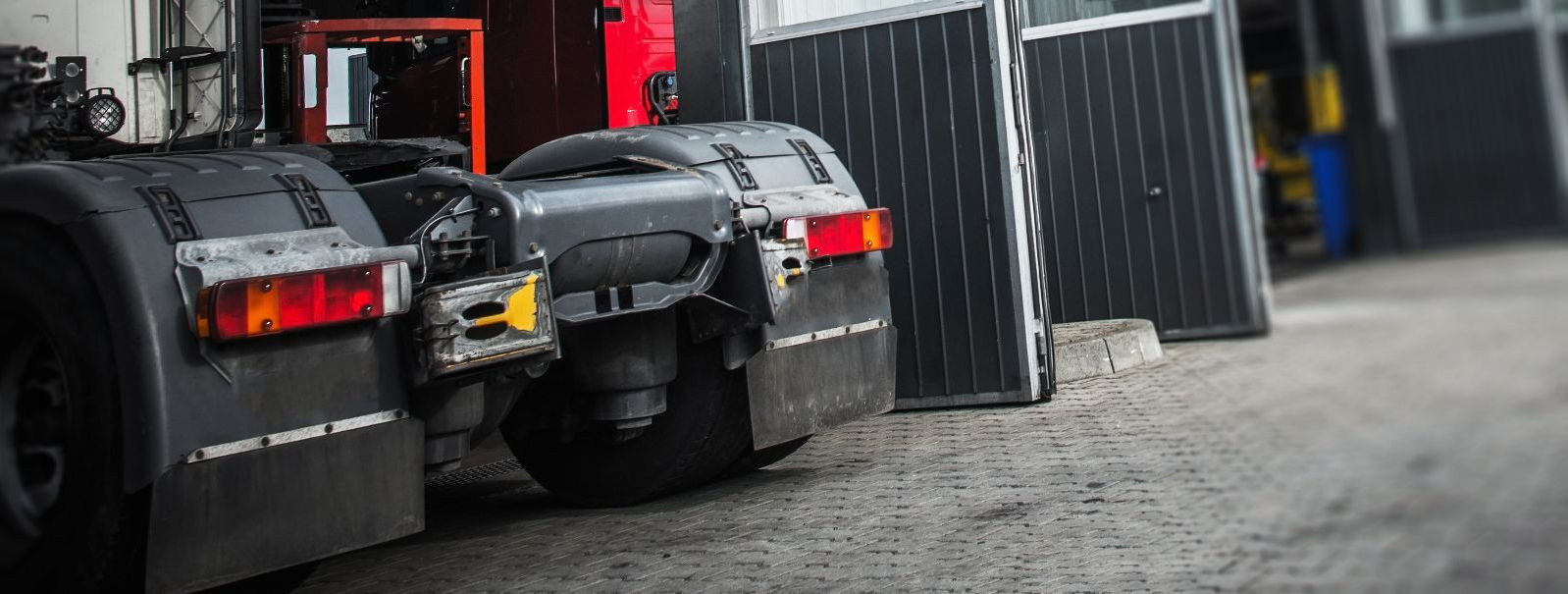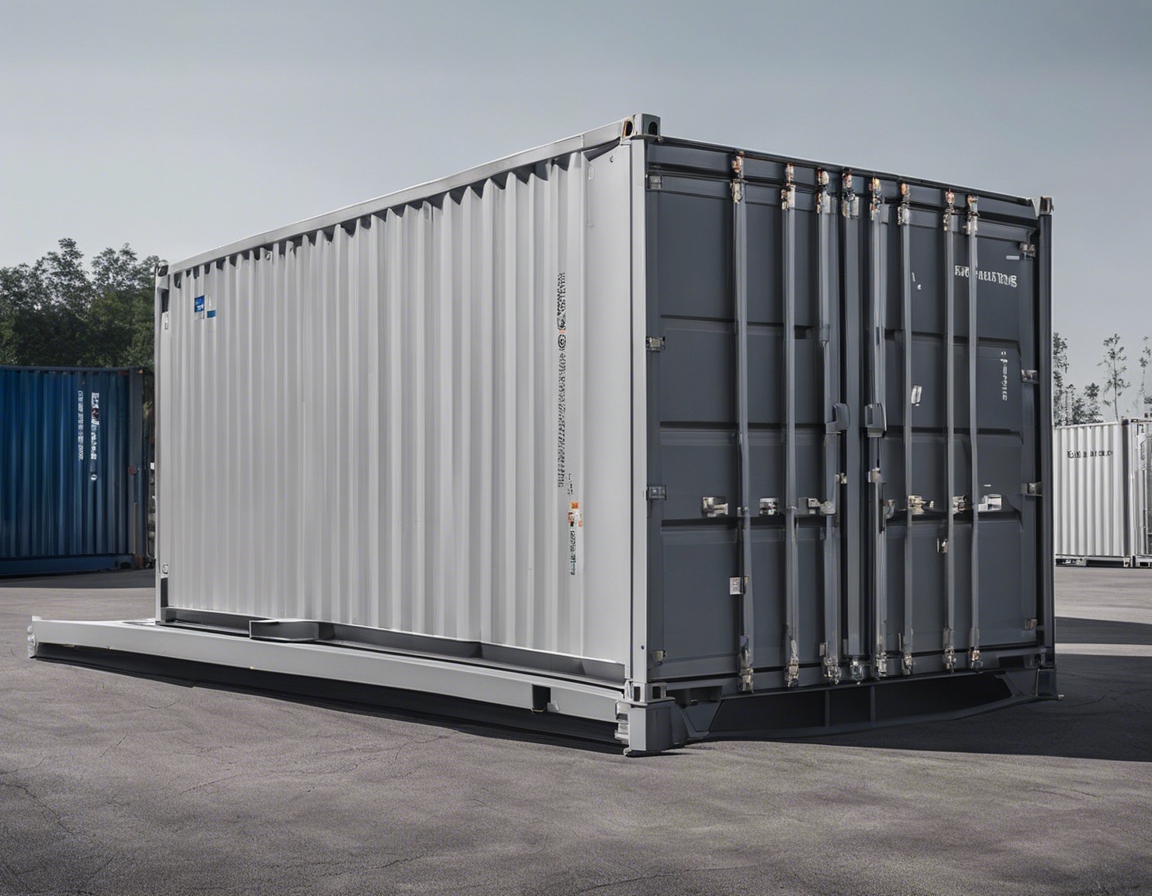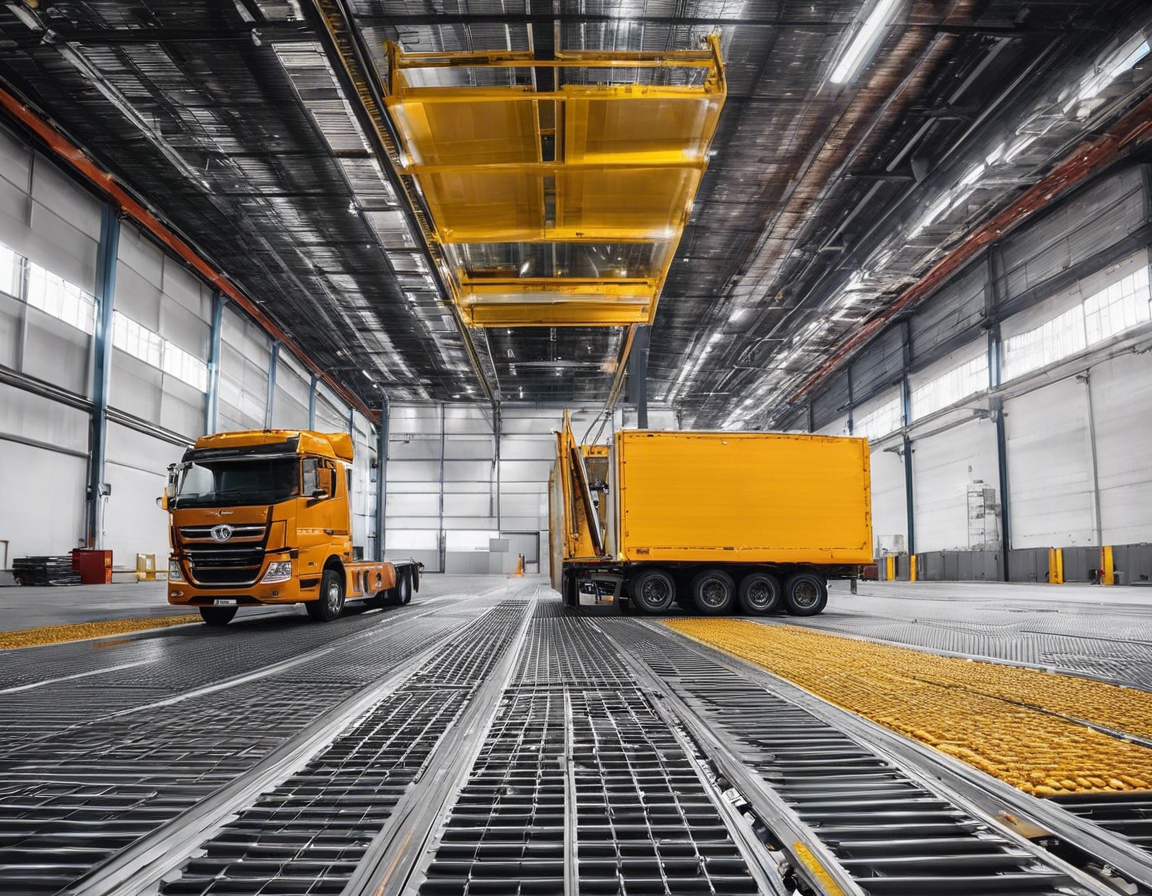The future of freight: how moving floor technology is changing the game
Moving floor technology, also known as a walking floor system, is an innovative solution for the transportation and handling of bulk materials. This system utilizes a series of horizontal slats that move in a cyclical motion to 'walk' the cargo out of the trailer, eliminating the need for manual unloading.
The concept of moving floors has been around for decades, but recent advancements have propelled this technology to the forefront of freight and logistics solutions. From its rudimentary beginnings, the technology has evolved into a sophisticated mechanism that is revolutionizing the way goods are transported.
The Advantages of Moving Floor Systems
One of the most significant benefits of moving floor technology is the drastic reduction in loading and unloading times. This efficiency translates into faster turnaround times and the ability to handle more deliveries within the same timeframe.
The automated nature of moving floors reduces the risk of injury associated with manual loading processes. By minimizing human interaction with the cargo, the potential for accidents is significantly lowered.
Moving floor systems are not limited to a specific type of cargo. They can handle a wide range of materials, from agricultural products to recyclables, providing a versatile solution for various industries.
Impact on the Logistics Industry
By streamlining the loading and unloading process, moving floor technology can lead to substantial cost savings. Reduced labor requirements and quicker turnaround times contribute to a more economical operation overall.
Efficient operations mean fewer emissions. Moving floor systems can contribute to a greener logistics industry by optimizing transport efficiency and reducing the carbon footprint of freight activities.
The versatility of moving floor technology allows it to be adapted to the specific needs of different sectors, making it an attractive option for businesses looking to improve their logistics operations.
Integration with Other Technologies
The integration of moving floor systems with automation and smart technologies can further enhance efficiency. Automated loading docks and smart scheduling systems can work in tandem with moving floors to optimize logistics operations.
Combining moving floor technology with real-time tracking and the Internet of Things (IoT) enables a level of visibility and control that was previously unattainable. This integration can lead to improved logistics management and customer satisfaction.
Challenges and Considerations
While the benefits of moving floor technology are clear, the initial investment and ongoing maintenance costs can be a barrier for some companies. It is essential to consider the long-term savings against the upfront expenses.
Implementing moving floor systems may require additional training for staff to ensure they can operate the technology effectively and safely. Companies must factor in the cost and time associated with this training.






Comments (0)